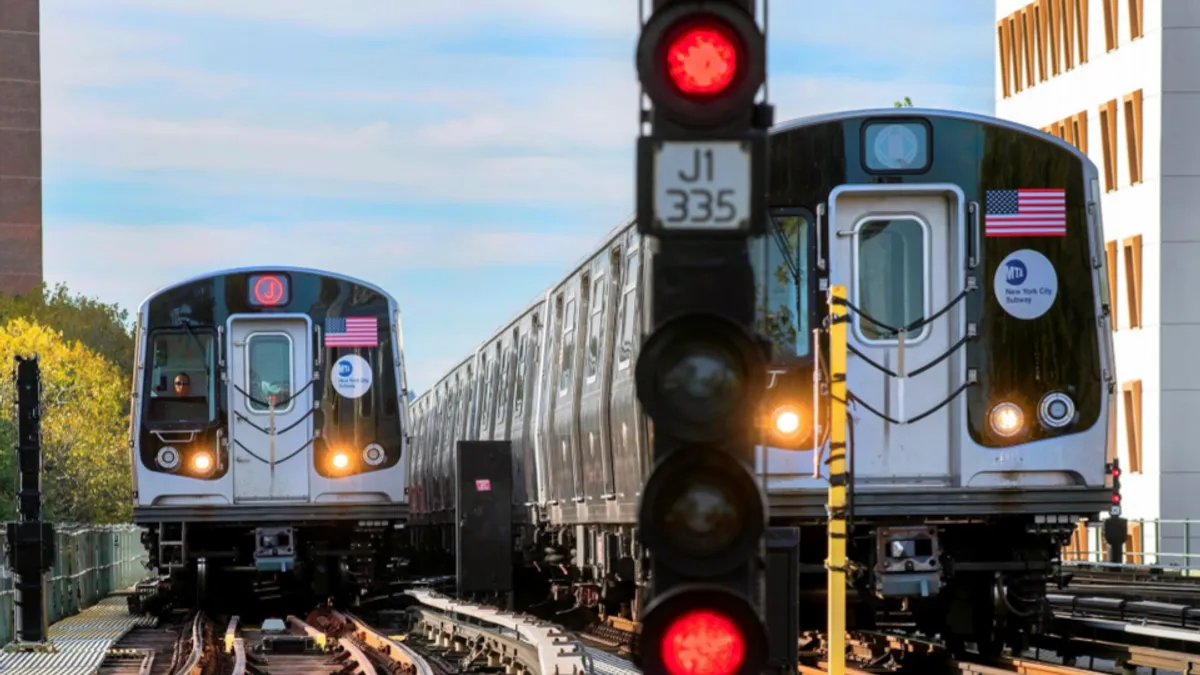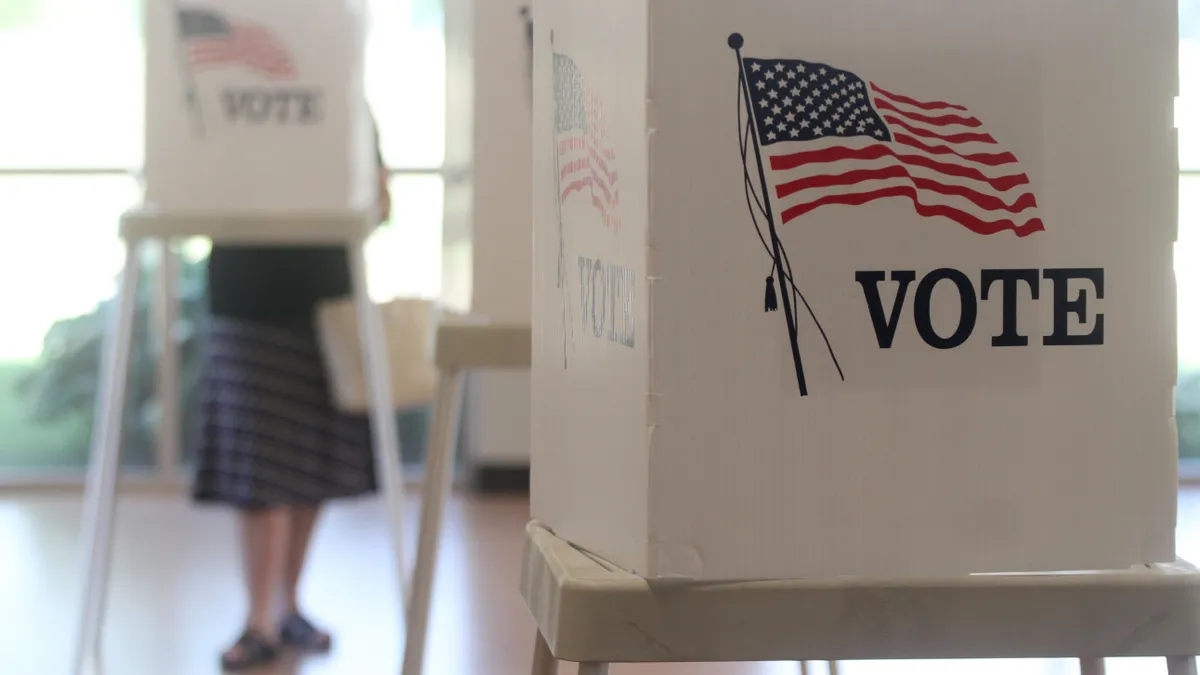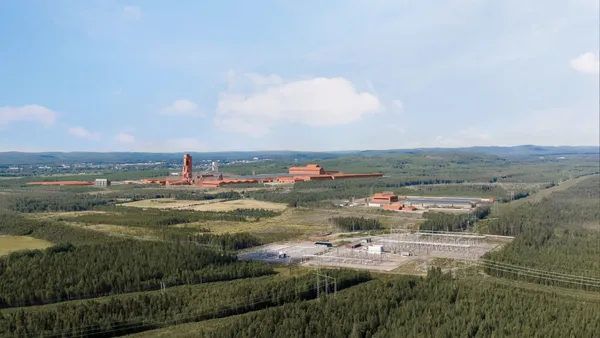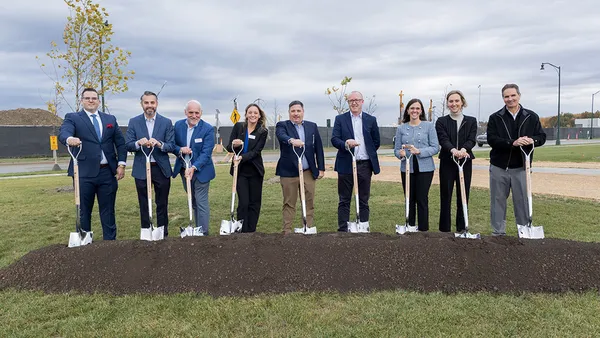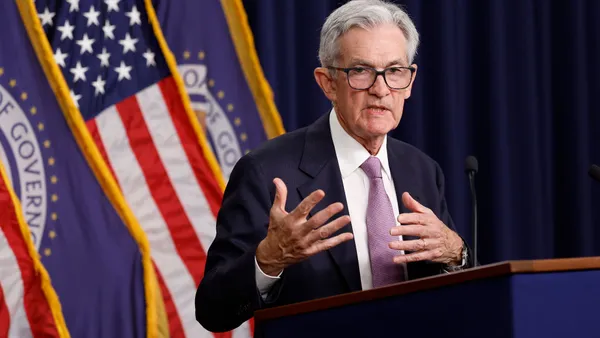Dive Brief:
- The Metropolitan Transportation Authority (MTA)’s 2020-2024 Capital Plan released yesterday proposes a $51.5 billion budget for the New York City region’s subways, buses and railroads over the next five years, the highest in the authority’s history and 70% higher than current levels.
- The proposal, which requires board approval, includes funding for the second phase of the Second Avenue Subway, modernizing subway signals, adding new subway cars, upgrading stations and tracks, and making 70 stations compliant with the Americans with Disabilities Act. The program also includes $3.3 billion for MTA bridge and tunnel improvements.
- The plan will be reviewed by the MTA Board at its Sept. 25 meeting and, if approved, would be submitted by Oct. 1 to the MTA Capital Program Review Board for consideration and approval.
Dive Insight:
While Ronnie Hakim, MTA managing director, called the plan “ambitious yet sound,” the massive size of the proposed budget has some watchdog groups on edge. Nicole Gelinas, a senior fellow at the Manhattan Institute, a New York City-based urban policy think tank, told Construction Dive that she worries about how one government agency can oversee spending on such a large amount of money.
“People always think when it comes to transportation that there is a lack of money but in this case it’s the opposite problem,” she said. “It’s just going to be physically and logistically difficult to run that many projects all at once.”
Another issue, she said, is the lack of transparency about labor and materials costs, partly due to New York’s pro-union environment. The labor agreements between unions and contractors are private, “even though it’s the state that’s spending the money,” she said.
The public also does not have access to the costs of materials for the projects, she said. “There’s no way to know if the costs for these materials are a good market price or if something is way off,” she said, adding that the agency is $43 billion in debt.
In addition, a new report from the Build Trust Campaign calls for a capital program that includes the right investments at the right price and asks the MTA and state lawmakers to set up "accountability and oversight mechanisms that keep this critical work on the right track."
To that end, the group advocated for an online system to track key construction projects.
“This tracker will help the public hold the agency accountable and reinforce internal discipline at the MTA,” the report states. “Likewise, it will help the agency publicize timely, cost-effective project delivery.”
Another common complaint is the lack of public review of MTA proposals, which are set with input from elected officials from throughout the region, according to the MTA.
For example, said Rachael Fauss, senior research analyst for Reinvent Albany, in a Build Trust statement, "this 2020-2024 capital plan was created in complete secrecy with zero public input or public review."
Serving 15.3 million people across a 5,000-square-mile travel area surrounding New York City through Long Island, southeastern New York State, and Connecticut, the MTA comprises the nation’s largest bus fleet and more subway and commuter rail cars than all other U.S. transit systems combined.



